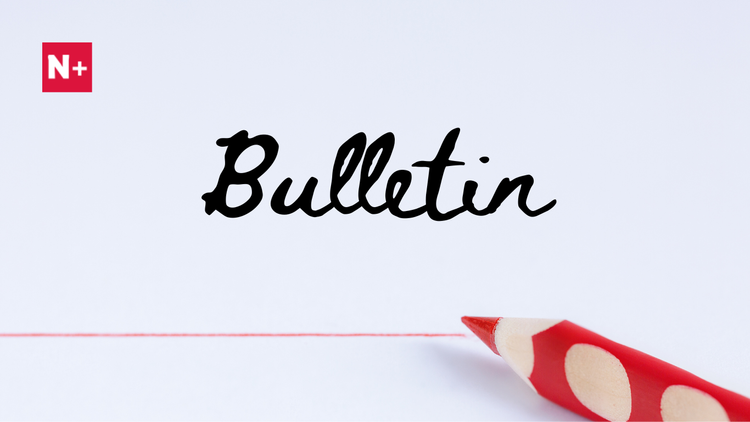China Implements More Moderate and Predictable Price Reduction for Older NRDL-Negotiated Drugs

In late June, the National Healthcare Security Administration (NHSA) commenced the 2023 National Reimbursement Drug List (NRDL) Dynamic Update, aiming to conclude all negotiations and release the final results by November.
Regarding drug innovation support, although the 2023 work plan reiterates the emphasis on Basic Medical Insurance's (BMI) policy positioning to ensure essential coverage, the National Healthcare Security Administration (NHSA) has shown a more innovation-friendly stance in its recent update of the renewal rules for older drugs negotiated under the National Reimbursement Drug List (NRDL).
Highlights of the Updated NRDL-Negotiated Drug Renewal Rules
- The Rule of “8”
Provision: "Drugs that have undergone negotiations and have been continuously included in the 'Agreement Period Negotiated Drugs' section of the catalog for more than eight years can be included in the routine catalog management."
Implication: Negotiated drugs listed in the NRDL for more than eight years will no longer be subject to further negotiations or price reductions until their generic counterparts become available.
- The Rule of “4”
Provision: "For drugs that have been continuously included in the 'Agreement Period Negotiated Drugs' section of the catalog for four years or more, the reduction ratio of their payment standard will be halved based on the previously calculated value."
Implication: Negotiated drugs listed in the NRDL for more than four years will experience a halved price reduction ratio in their payment standard. Prior to the rule update, these older drugs were subjected to the same renewal price reduction schedule as newer negotiated entries (i.e., those listed for less than four years).
- More Friendly to New Indication Add-Ons
Provision: "For drugs whose agreements will expire in the year of catalog adjustment and were expanded indications in the previous year through a simplified renewal procedure, if the payment standard was reduced due to exceeding the threshold value A in the previous year, the reduction in the renewal calculation will deduct the decrease caused by exceeding the threshold value A in the previous year until it reaches zero." [Value A = The ratio of actual fund expenditure to the fund expenditure budget during the agreement period]
Implication: The risk of double price reduction due to indication expansion during listing renewal is removed. This change aims to encourage the development of new indications for negotiated drugs already covered by Basic Medical Insurance.
- Opportunity to Re-Negotiate a Smaller Price Deduction
Provision: "When the Ratio A is greater than 110% and does not exceed 200% during the renewal, the company may choose to proceed with a simplified renewal process or apply for a re-negotiation to determine the reduction ratio. The reduction ratio resulting from the re-negotiation may not necessarily be higher than the reduction ratio determined by the simplified renewal rules."
Implication: Innovative drug makers now have a genuine opportunity to negotiate a lower price reduction than the simplified renewal reduction. For instance, this option can be exercised when new evidence demonstrates a product's superior clinical value and cost-effectiveness compared to its competitors. Before the rule proposal, drug price reduction during re-negotiation had to be equal to or higher than the simplified renewal reduction.
- Linking Price Reduction to BMI In-Scope Payments
Provision: “Starting from 2025, during the renewal process, the calculation of Ratio A and Ratio B will no longer be based on [65% of the sales amount]. Instead, it will be based on the 'cost of drugs included in the payment scope. [i.e., Ratio A = Actual incurred drug expenses included in medical insurance payment scope / Projected drug expenses included in medical insurance payment scope by the company. Ratio B = The incremental value of projected drug expenses included in the medical insurance payment scope caused by adjustments in the next two years / The higher of the projected or actual incurred drug expenses included in the medical insurance payment scope during the agreement period.]
In the current rules for simplified renewal, for drugs where 110% < Ratio A ≤ 200%, the reduction in payment standard is linked to the average annual actual fund expenditure, with fund expenditure thresholds set at 200 million, 1 billion, 2 billion, and 4 billion. Considering the change in the reference standard, the medical insurance payment thresholds will also be correspondingly increased. Starting from 2025, they will be adjusted to 300 million, 1.5 billion, 3 billion, and 6 billion yuan.”
Implication: Starting from 2025, the calculation of renewal price reduction will be based on the cost of drugs included in the payment scope rather than 65% of the drug sales. This change means that the more the national insurance spends on a drug, the higher the price reduction. Prior to the rule update, the better a drug sells (all indications, not just those covered by BMI), the higher the price reduction. However, considering China's expected synchronization of indication approval and reimbursement coverage by 2025, the long-term impact of this proposal is anticipated to be limited.
Price Protection Offered Under Non-Exclusive Drug Bidding Rules
In addition to the revised renewal rules, the non-exclusive bidding rules for NRDL-negotiated drugs include a price protection mechanism. It sets a floor price for the generic name of in-patent drugs with multiple suppliers, ensuring that the payment standard for such drugs is at least 70% of the price NHSA is willing to pay. This safeguard is implemented when the lowest bid from manufacturers falls below 70% of NHSA's willingness to pay, offering protection against overly aggressive bidding practices.
References:
- 国家医疗保障局关于公布《谈判药品续约规则》及《非独家药品竞价规则》的公告, NHSA, 7-21-23, http://www.nhsa.gov.cn/art/2023/7/21/art_109_11063.html





